detail profile hoot gibson
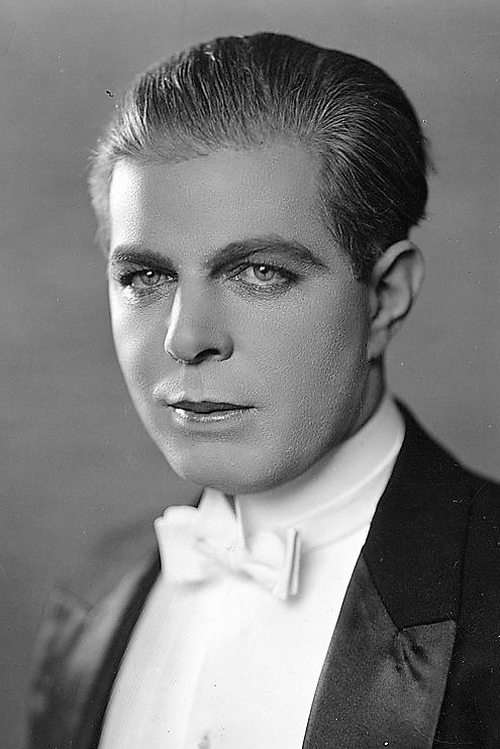
Hoot Gibson
Edmund Richard Gibson
atau dikenal sebagai
Riwayat Hidup
Hoot Gibson was a colorful figure, a light-hearted, fun-loving personality on screen and off.
Hoot’s cheerful westerns included a significant amount of comedy.
His mild, peaceful character rarely carried a gun.
As an expert horseman, Hoot was always impressive on a galloping horse.
Gibson’s film career began in 1910 with a few films for the Biograph Company interspersed among rodeo competitions.
In 1914 he was a stuntman for the serial The Hazards of Helen, doubling the serial’s star Helen Holmes.
His stunts included fights on trains and transfers from a train to a horse.
He had supporting roles in numerous Western short films, including playing the villain in A Knight of the Range (1916) opposite popular western star Harry Carey.
He appeared in three of the Westerns made by Carey and director John Ford in 1917: Straight Shooting, The Secret Man, and A Marked Man.
Hoot’s starring career at Universal Studios was launched in two films directed by Ford, Action (1921) and Sure Fire (1921).
In these films, Hoot plays a wandering cowboy who rescues the pretty young co-star from outlaws.
Hoot became a popular western star for Universal.
Film titles such as Ridin’ Wild (1922), Thrill Chaser (1923), Hit and Run (1924), Hurricane Kid (1925), and Galloping Fury (1927) guaranteed Hoot’s fans five reels of action and fun.
Hoot’s easygoing approach gave his films a lighthearted tone.
A deft comedian, he featured as much comedy as drama.
As talkies arrived, Hoot continued as a Western star, but with lower budget producers such as M.
H.
Hoffman Inc.
(distributed on a state rights basis by Allied Pictures Corporation) and Walker Futter Productions (Diversion Pictures).
In 1935, Hoot co-starred with Harry Carey in Powdersmoke Range, advertised by RKO as the "Barnum and Bailey of Westerns" (whatever that means).
The cast list of this "all star" (B western stars) film included Bob Steele, Guinn "Big Boy" Williams, Tom Tyler, William Farnum, and other Westerners from the silent era.
In 1937 at Republic, he made a serial, The Painted Stallion, in support of new cowboy star Ray Corrigan.
An aging Hoot retained his fine horsemanship and comic flair, but fan interest had moved to the new singing cowboys, especially Gene Autry and Roy Rogers.
Hoot’s Westerns had lost their appeal.
In the late thirties, out of movies, Hoot toured with circuses and appeared at rodeos and fairs.
In 1943, after seven years off the screen, Hoot returned in the Trail Blazer series at Monogram Studios.
In these Westerns, Marshall Hoot Gibson, initially co-starred with Ken Maynard and later with Bob Steele and Chief Thundercloud, upholds the law and captures outlaws and crooked businessmen threatening the lives and property of innocent citizens.
Hoot made eleven Trail Blazer films; the last was Trigger Law (1944).
John Ford brought Hoot back for a cameo role in The Horse Soldiers (1959).
His last screen appearance was as a sheriff’s deputy in Ocean’s Eleven (1960), another cameo.
Info Pribadi
Peran Yang Di Mainkan Hoot Gibson
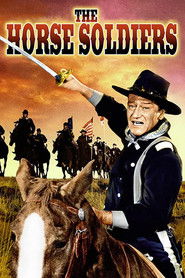 A Union Cavalry outfit is sent...
A Union Cavalry outfit is sent...The Horse Soldiers 1959
A Union Cavalry outfit is sent behind confederate lines in strength to destroy a rail supply center. Along with them is sent a doctor who causes instant antipathy between him and the commander. The secret plan for the mission is overheard by a southern belle who must be taken along to assure her silence.
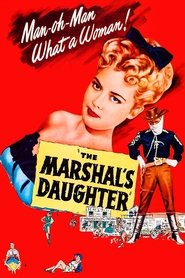 To fully appreciate the western comedy...
To fully appreciate the western comedy...The Marshal's Daughter 1953
To fully appreciate the western comedy The Marshal's Daughter, one must be aware that its star, a zaftig, wide-eyed lass named Laurie Anders, was in 1953 a popular TV personality. A regular on The Ken Murray Show, Anders had risen to fame with the Southern-fried catchphrase "Ah love the wi-i-i-ide open spaces!" Striking while the iron was hot, the entrepreneurial Murray produced this inexpensive oater, which cast Anders as Laurie Dawson, the singing daughter of a U.S. marshal (Hoot Gibson). Teaming with her dad to capture outlaw Trigger Gans (Bob Duncan), Laurie briefly disguises herself as a masked bandit. Amidst much stock footage from earlier westerns and a plethora of lame jokes and dreadful puns, The Marshal's Daughter is a treat for trivia buffs, featuring such virile actors as Preston S. Foster, Johnny Mack Brown, Jimmy Wakely and Buddy Baer as "themselves."
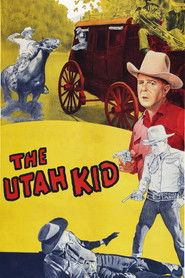 The Utah Kid was a late...
The Utah Kid was a late...The Utah Kid 1944
The Utah Kid was a late entry in Monogram's "Trail Blazers" series. These low-budget westerns usually featured three cowboy stars; this time, however, there are only two, Bob Steele and Hoot Gibson. Though neither star is a spring chicken, Steele is the younger of the two, so he's the "Utah Kid" by default. The plot, involving a gang of crooks who go around fixing rodeo results, was designed to accommodate yards and yards of stock footage.
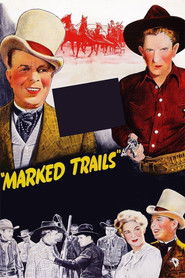 This one finds Jack Slade and...
This one finds Jack Slade and...Marked Trails 1944
This one finds Jack Slade and Mary Conway,alias Blanche, being recognized as known and wanted crooks by deputy marshal Harry Stevens and, when he orders them out of town, Slade kills him. His son, Bob Stevens and friend Parkford become U.S. Marshals and proceed to rid the town of the cut-throat gang that has been terrorizing the citizens. Bob goes undercover as an outlaw and works his way into the gang, while Hoot poses as a Dude who goes about making fiery speeches on behalf of law and order.
 US marshals Ken Hoot and Bob...
US marshals Ken Hoot and Bob...Arizona Whirlwind 1944
US marshals Ken, Hoot and Bob stop a gang dressed as Indians from robbing the stage. After getting repairs at the relay station, but before they get to town, another trap is set, but they get away. In town, they search the stage and find nothing. But hidden in the axle grease can are diamonds. Polini wants them cut into smaller diamonds so that he can easily dispose of them. Throughout this Western, the courageous trio faces off against cunning opponents, including the gang's merciless leader (Ian Keith) and an unsuspecting banker (Karl Hackett).
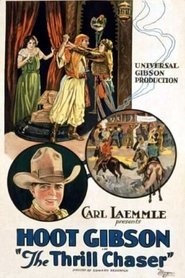 In this partially lost silent film...
In this partially lost silent film...The Thrill Chaser 1923
In this partially lost silent film, a man working as a motion picture extra in Hollywood westerns impresses a visiting sheikh with his boxing skills and is engaged to go to Arabia, where he becomes involved in warring and falls in love with a beautiful princess.
 A lost film As described in...
A lost film As described in...Headin' South 1918
A lost film. As described in a film magazine Exhibitors Herald on March 16, 1918: "a forest ranger known only as Headin' South (Fairbanks) goes forth in search of Spanish Joe (Campeau), a Mexican responsible for most of the treachery and outlawry along the U.S.-Mexican boarder. Headin' South gains quite a reputation as he goes along and finally believes himself worthy of joining Joe's band. in a whirlwind finish in which Joe is captured, Headin' South meets one of Joe's near victims (MacDonald) and falls in love with her."
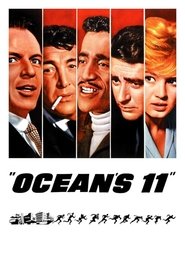 Danny Ocean and his gang attempt...
Danny Ocean and his gang attempt...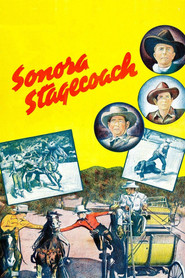 The Trail Blazers are bringing in...
The Trail Blazers are bringing in... Learning that Montana is about to...
Learning that Montana is about to...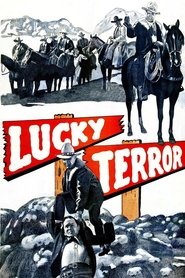 A sharpshooter in a traveling sideshow...
A sharpshooter in a traveling sideshow... Swifty is framed for the murder...
Swifty is framed for the murder...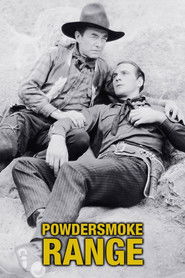 Three cowboys buy a ranch but...
Three cowboys buy a ranch but...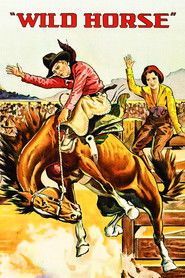 Ben Hall offers 1000 for the wild...
Ben Hall offers 1000 for the wild...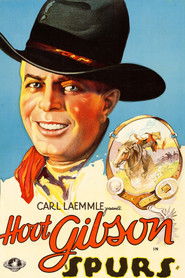 Bob Merril looking for the killer...
Bob Merril looking for the killer...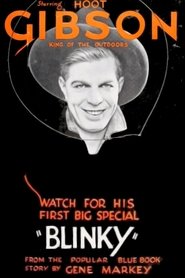 Blinky the bespectacled son of Col...
Blinky the bespectacled son of Col...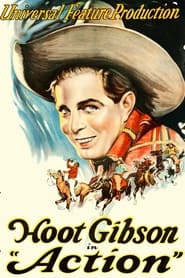 Three Outlaws came across a stranded...
Three Outlaws came across a stranded...